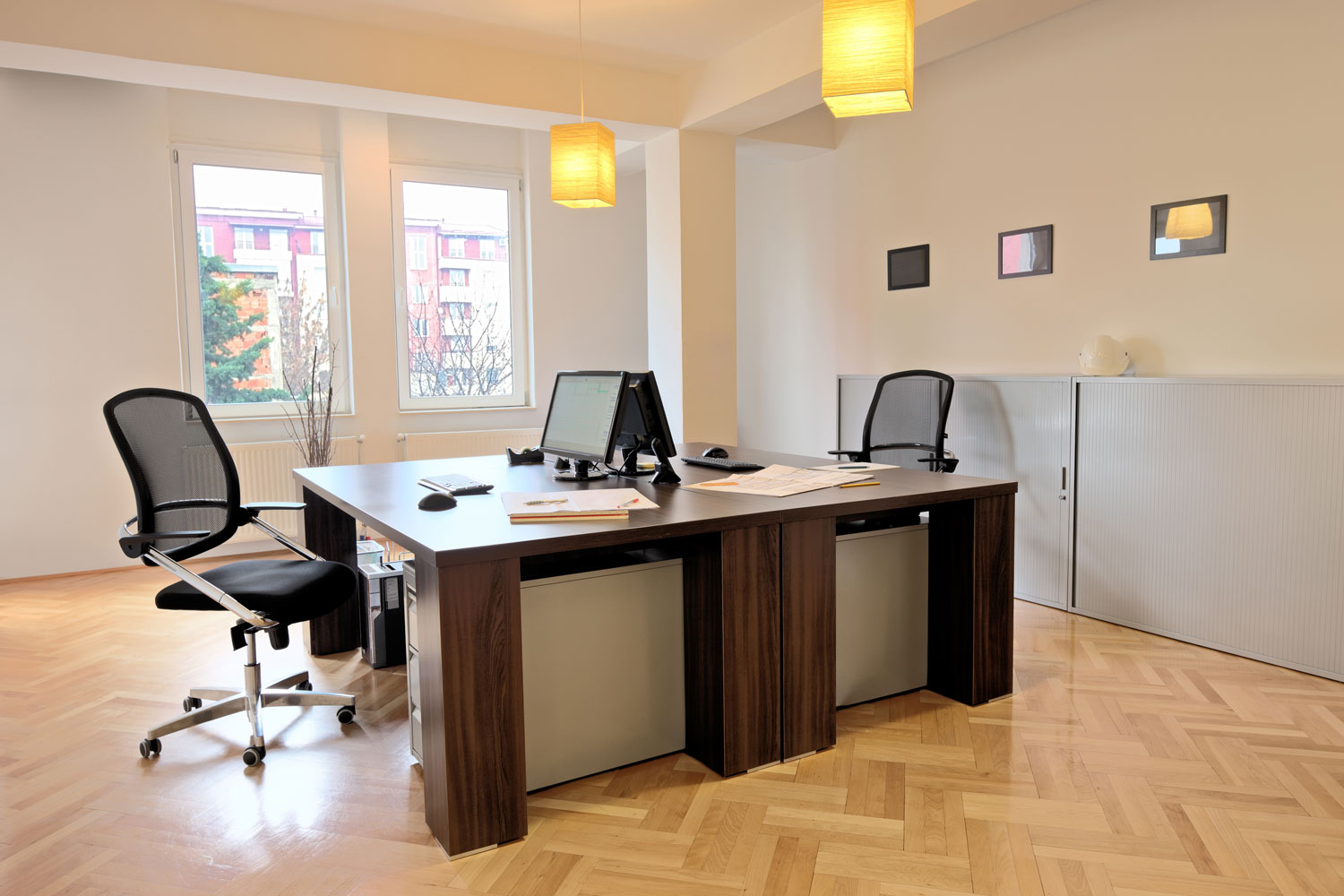Lighting fixtures are one of the most eye-catching interior decors. On this note, you may wonder if they need to match throughout your house. We have done thorough research to give you a well-thought answer for your convenience.
Lighting fixtures need not match but rather should be well-coordinated throughout your home. They should not look exactly the same but instead, they should share common features such as finish, shape, color, material, styles, and other design elements.
However, it is not only the design element that you need to consider when coordinating your light fixtures. Equally important is determining the function of your space before deciding on what lighting fixtures go with it. Stay on this page as we discuss helpful tips and guides to achieve coordination in your lighting fixtures.
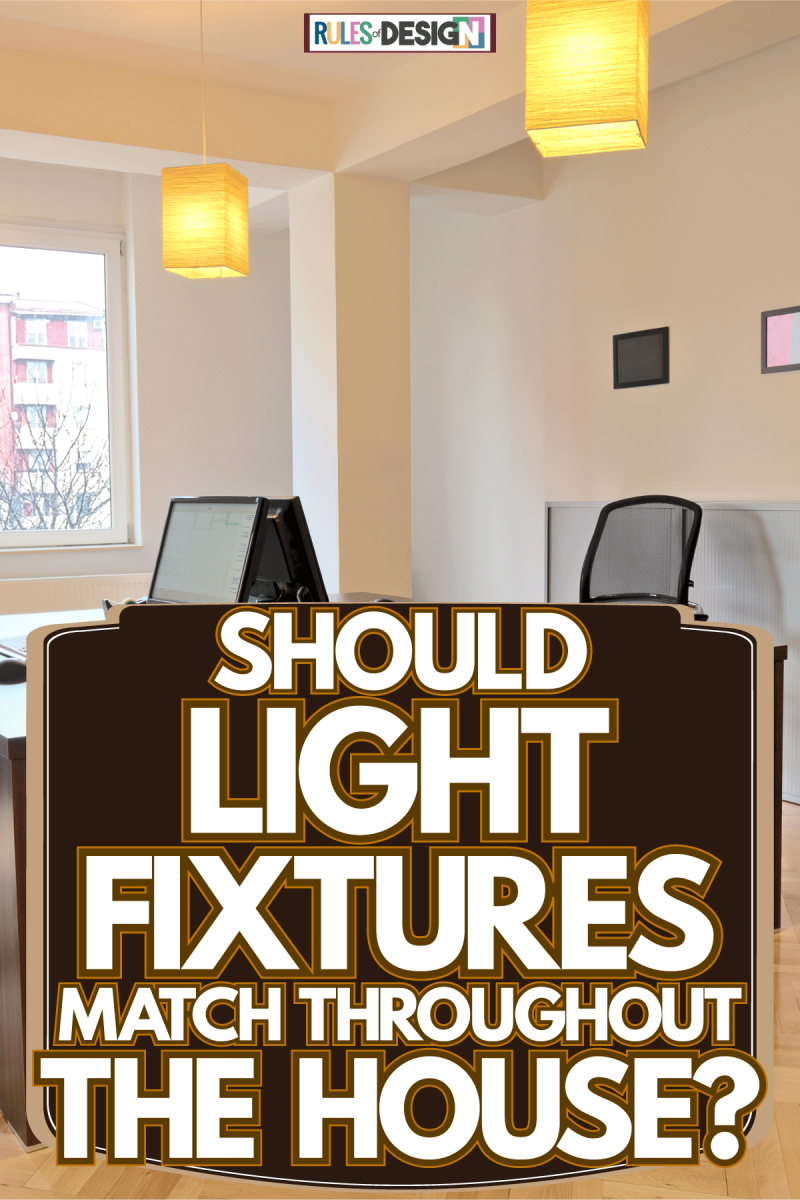
Choices for Lighting Fixtures
Lighting fixtures may be a significant investment in your home interiors. It isn’t a purchase that you would want to regret and have to redo in just a few months. It embodies visual elements together with the functionality it serves.
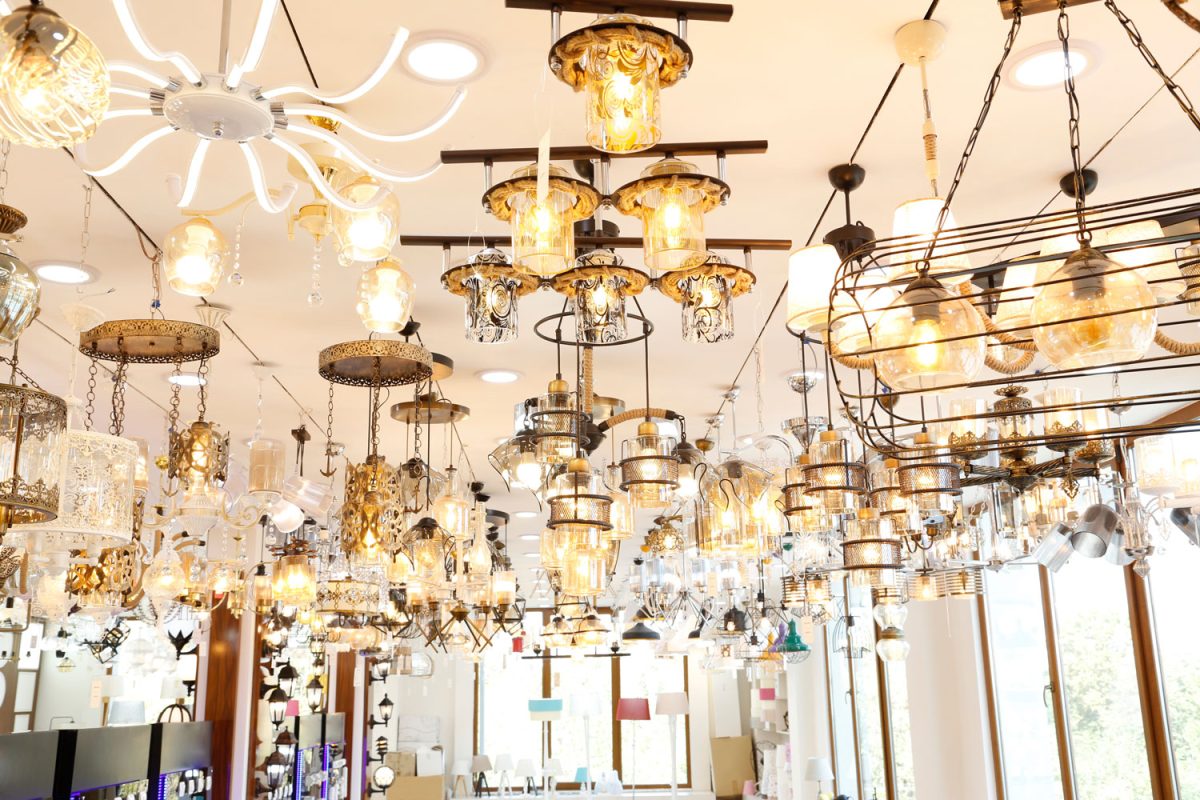
There is a myriad of choices available in the market for your lighting fixtures. Each space in your home requires different lighting. We’ve listed here a rundown of options under each design element:
- Material – aluminum, brass, bronze, chrome, glass, silver, or wood
- Finish – polished, vintage, brushed, distressed, or glowy
- Style or theme – contemporary, country or rustic, crystal, tiffany, traditional, transitional, or tropical
- Lighting – accent, task, ambient or general
- Bulb type or shape – globe, tiffany, incandescent, halogen, fluorescent or LED
- Adornment – crystals, shells, native materials
- Fixture – ceiling-mounted, wall-mounted, under cabinet, chandelier, pendant, track, cable, recessed, flushed, semi-flushed, or portable (lampshades)
The next step is learning how to mix and match the options. At a glance, it may seem daunting most especially if you are a newbie to lighting. You may get some inspiration by flicking through magazines or going to lighting showrooms to see actual fixtures that look good and blend well together.
How to Mix and Match Lighting Fixtures
Mixing and matching the different choices for lighting fixtures is essential to achieve the lighting concept you desire. It is a matter of determining what ambiance or the overall feel you want to project for your space before you proceed with these steps:
Use Layering of Lights
The layering of lights provides a foundation for a well-lighted space. It serves the perfect blend of function and style of lighting fixtures. It creates depth, illumination, mood-setting, and enhances the flexibility of the space. Here, you need to choose at least two types of lighting: ambient, task, or accent lighting.
In order to achieve flexibility and feel for your space, you need to control the layers of lighting separately. We will discuss more on the layering of lights in the succeeding section.
Create the Focal Point Of Your Space
Lighting can draw attention to a particular element so it will be the focal point in the room. It could be an artwork on the wall or floor, a family treasure, a dining table, or a coffee table. The lights serve as a tool to direct the eye towards the element.
In modern homes, an intricately designed chandelier is typically used to highlight a certain element in the room. Then, track lights are added as complement lighting to frame and direct the eye towards the focal point.
Coordinate the Lighting Across the Rooms
Nowadays, architects and planners implement an open floor layout. This means that there are limited physical barriers or breaks between the living spaces.
In the absence of walls, the living spaces form into one large gathering area and projects a perception of continuity of space. The living spaces should blend and the ambiance should flow well and across all the rooms.
You might as well follow these helpful coordination tips:
- In an open floor layout, lighting fixtures play an essential role. It is highly recommended to have only one style for all the rooms, then use lighting fixtures to create breaks and to distinguish between the different functions of each space.
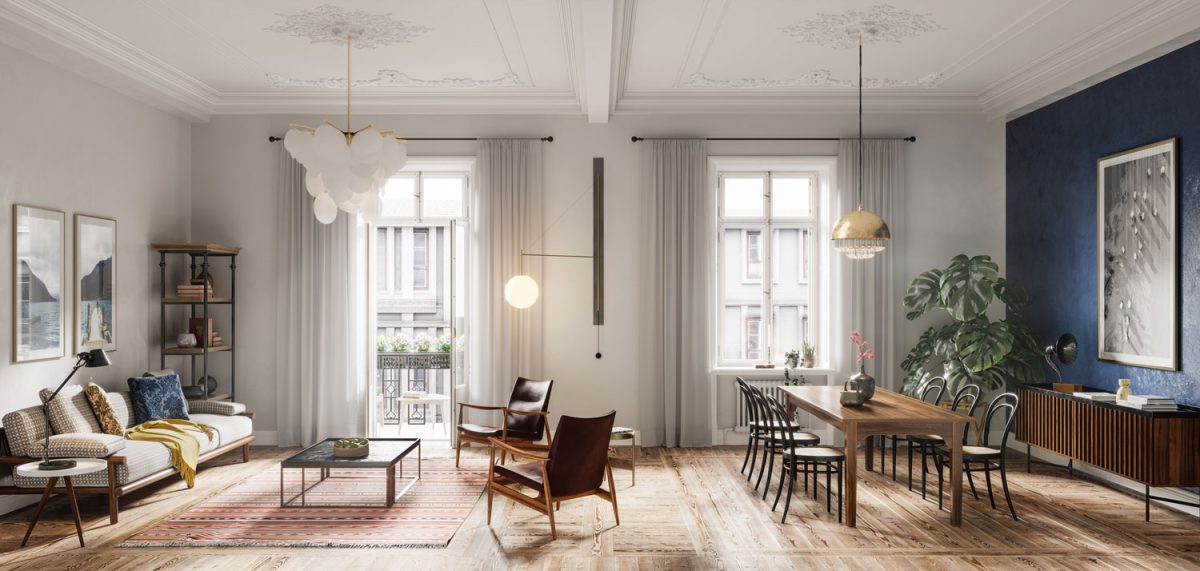
- Do not infuse a tropical theme in the living room, a country theme in the dining, and contemporary in the kitchen. Different styles in the rooms can be confusing and may create a clash among your interior decors.
- The foyer and living room lighting fixtures are important since there are the receiving areas for the guests. Do not match the lighting fixtures in these two areas as they will create monotony, but rather they should coordinate. Then the rest of the home should match the fixtures of these two rooms.
- To pair the kitchen and dining lights, and in order to create a break, choose different lighting fixtures that complement. For example, It could be of the same color but different styles. In the photo below, a glass or crystal chandelier for the dining can perfectly blend silver-plated track lights for the kitchen.
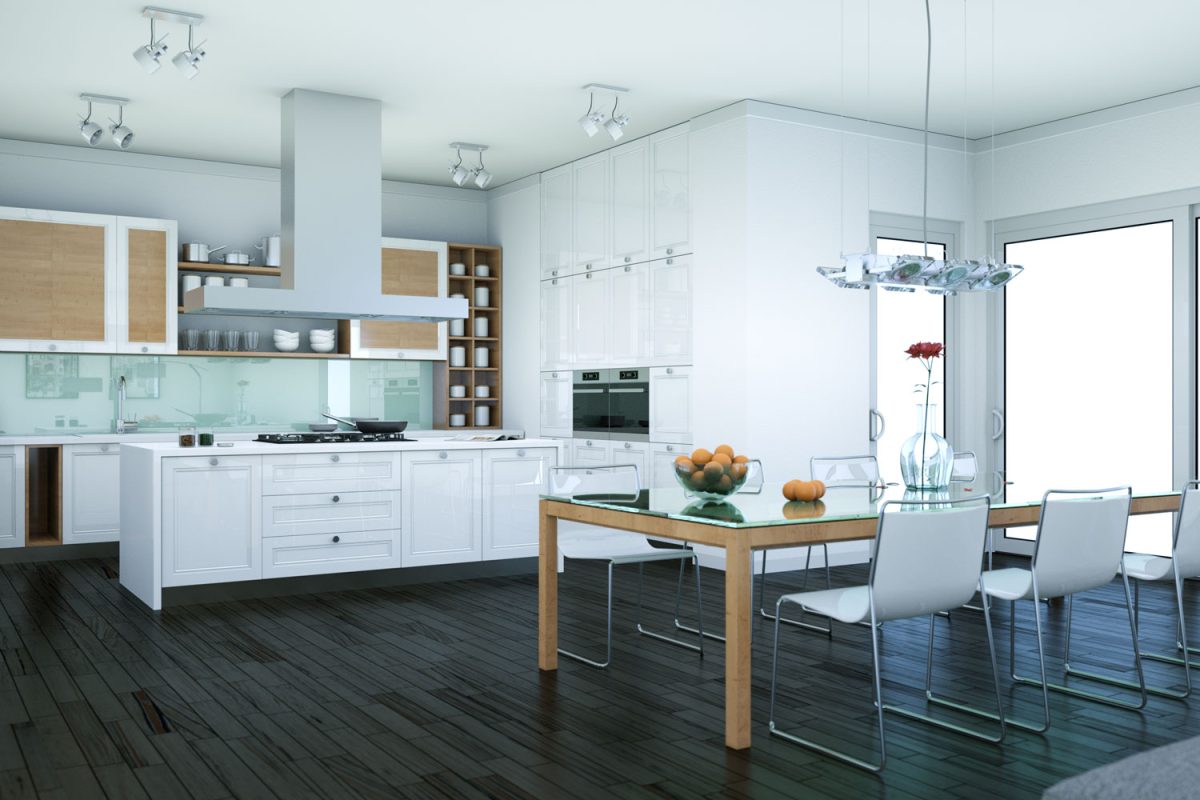
- Modern lighting design pairs chandeliers and recessed lights at the living room or dining areas. A linear placement of recessed lights at the ceiling close to the wall, due to their discreet style can perfectly blend chandeliers boldly hanging at the center of the space.
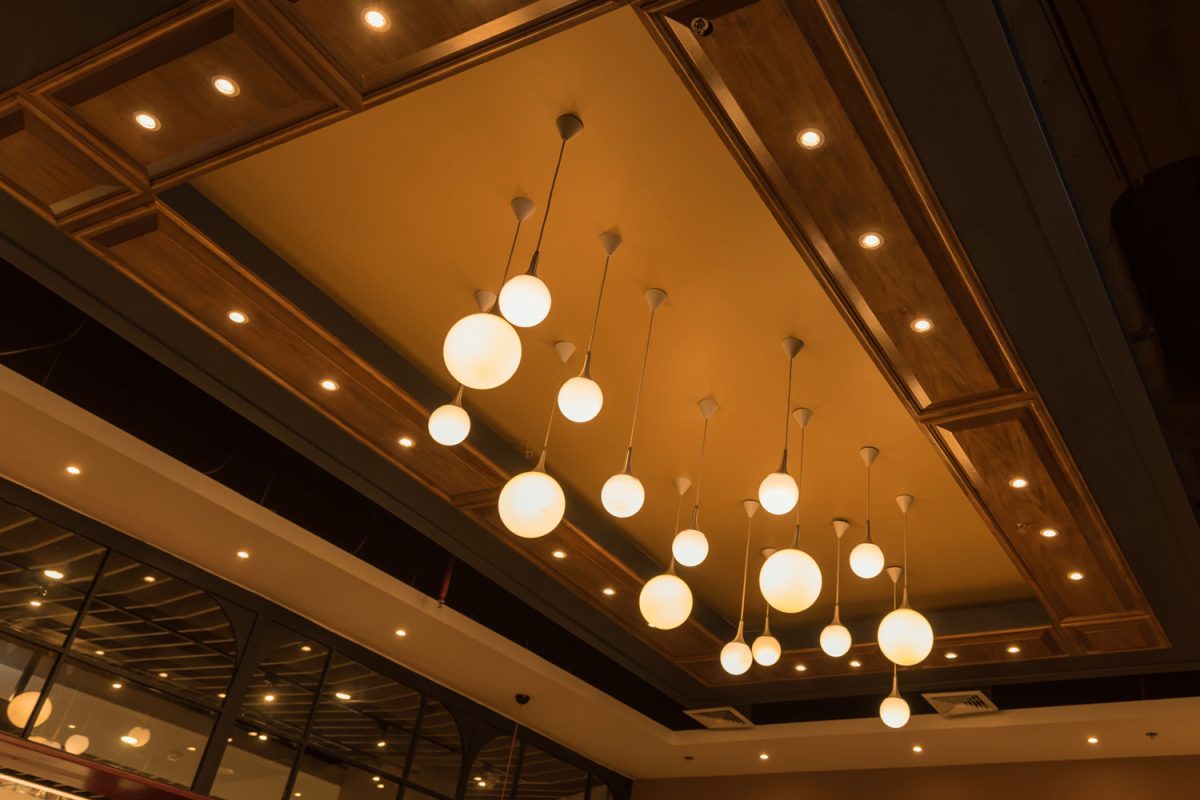
- There is no need to match lighting metal finishes with curtain rods and fauces. Also, keep all lights, whether recessed, pendants, or chandeliers to not more than 6 to 7 feet distance from each other.
Choose Lighting Fixtures by Function
Knowing the function of your living space is essential before deciding on what lighting fixture to install. Define how the space is used then choose the lighting fixture that will serve the purpose and secondly, blend with the other lighting fixtures in your home.
Your options are limitless in blending your lighting fixtures. It is a matter of personal preferences. You would need to consider the lifestyle of your household, the climate of your location, the floor layout, and other similar factors. After all, the choice of fixtures reflects the personality of the homemaker.
What is Light Layering?
Light layering involves installing different lighting fixtures into one particular space. The benefit is choosing how much light is needed for specific tasks done at one time. You may need to have accessories such as switches, dimmers, and sensors to control the extent of the illumination.
Check out this sensor lights on Amazon.
Check out this dimmer switch on Amazon.
Layer 1 for Ambient Lighting
This is the foundation of the lighting of your space. It refers to the fluorescent bulb at the center of the kitchen or the track lights in the family room. Downlights and recessed lights that are strategically spaced are also perfect for ambient lighting.
Layer 2 for Task Lighting
This is the lighting needed for your daily tasks. It focuses on routine activities such as cooking in the kitchen. This is where task lighting is installed, that is, downlights and recessed lights above countertops to focus light on high-task areas of the kitchen. Also, pendant lights for focused lighting are perfect for study and work areas.
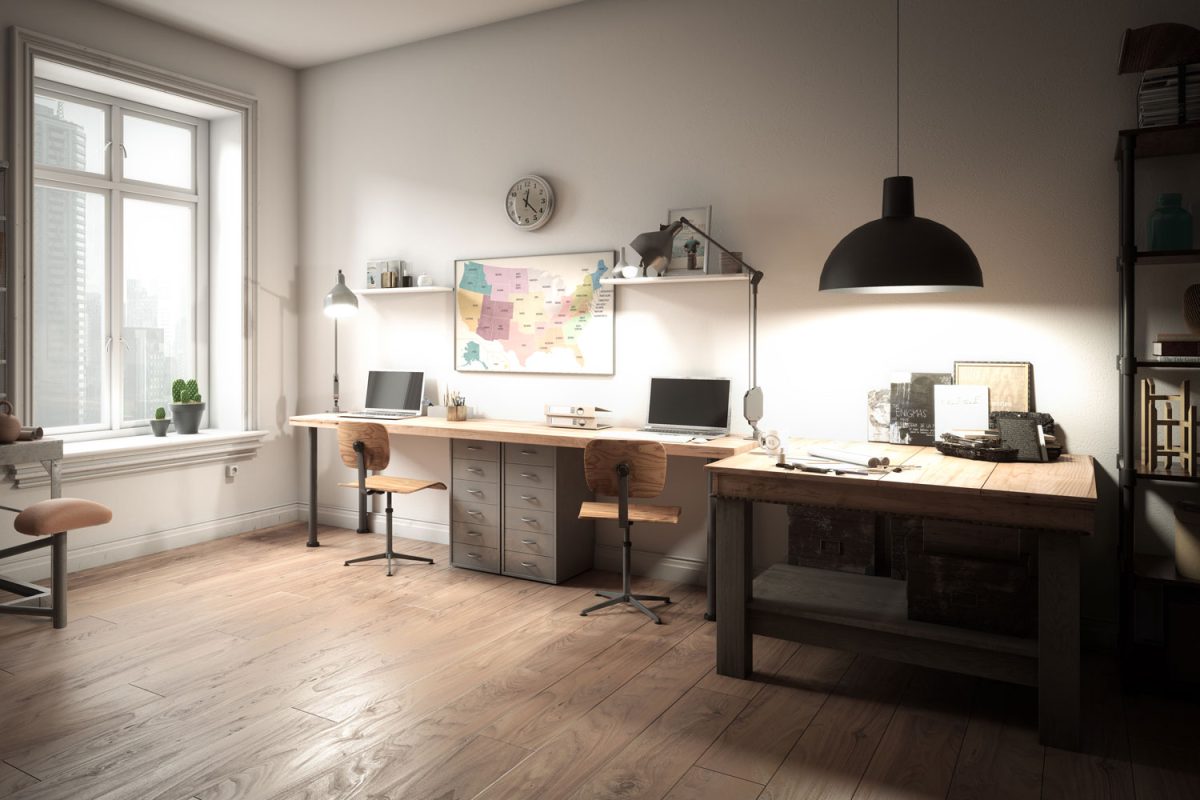
Another example is having both recessed lights and chandeliers in the receiving areas. Use recessed lights for everyday family activities and chandeliers when there are guests to entertain. Here, task lighting blends well with accent lighting.
Layer 3 for Accent Lighting
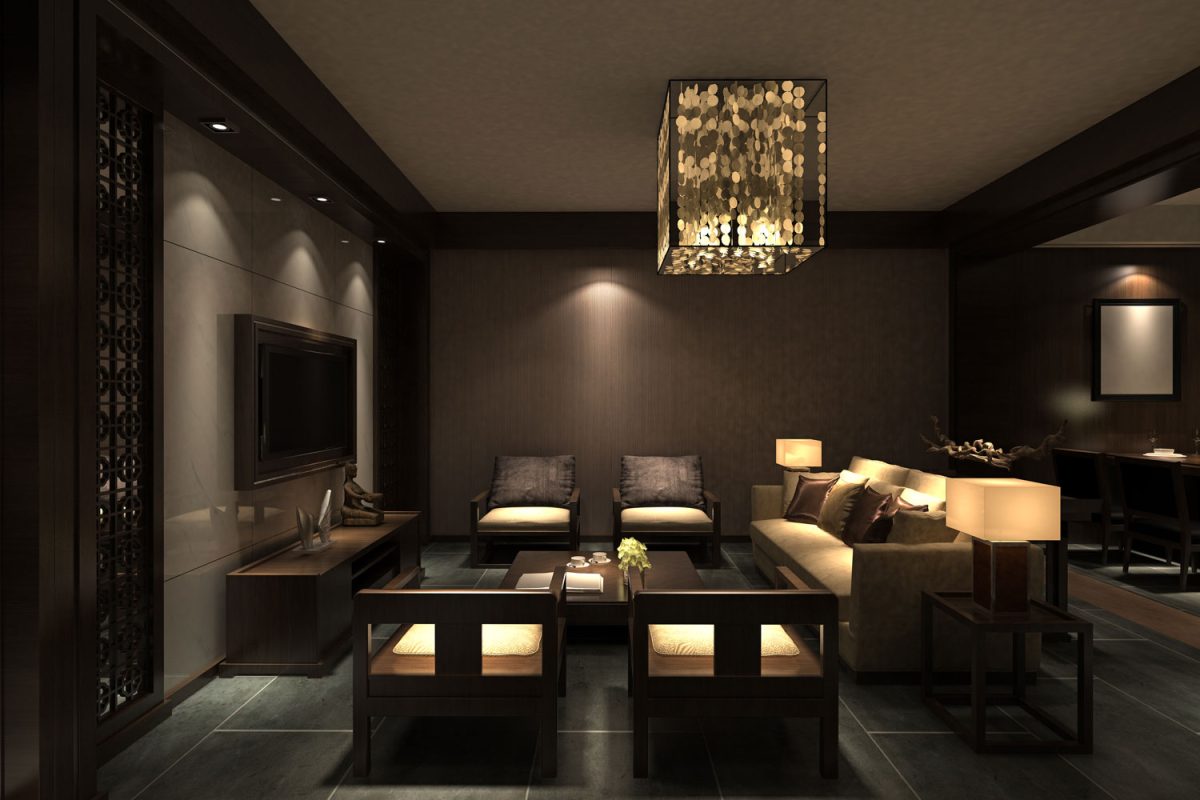
This may be referred to as decorative lighting since it involves lighting fixtures that cast to glow the focal areas of the space. It makes a design statement to the interior decors you want to have focused lighting.
To achieve layering, install downlights for ambient lighting and complement them with dimmers to adjust the amount of lighting and highlight the accents of the space.
For accent lighting at the dining area connected to the kitchen, pendant lights over a bar counter or kitchen island are most appropriate. A sconce on the wall or a light inside the bookshelf will make a room glimmer.
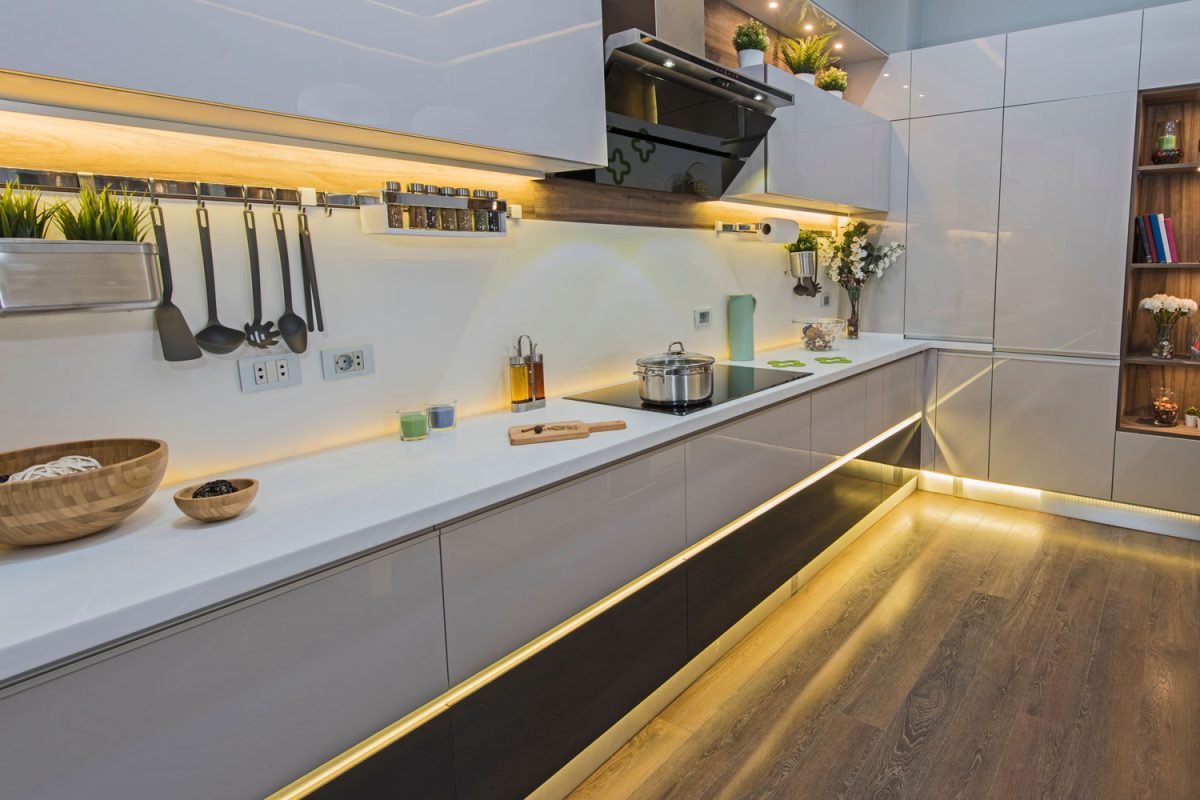
Toekick lighting is another form of accent lighting for your kitchen. It shows off your cabinetry, highlights its baselines, and creates a “floating” illusion. It also adds dimension and can draw attention to your flooring. And lastly, it has also a functionality element. It serves as a nightlight for your midnight snack runs.
Summary
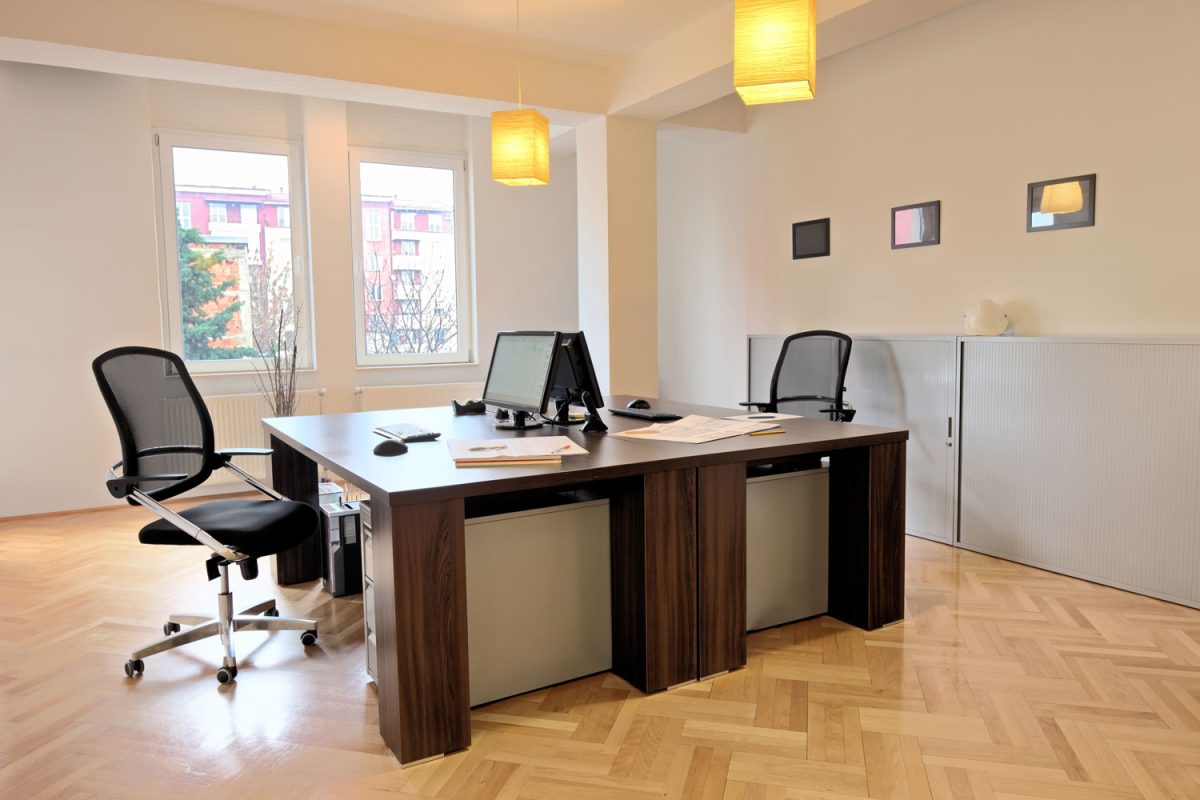
Lighting fixtures are a substantial investment that can boost your home’s interiors. Comfort, function, and style are foremost in choosing your lighting fixtures. There should be a balance between the function they serve and should be stylish in their design elements.
Whether you are redesigning your space to breathe new life or changing the function of the room, changing the lighting will definitely give a fantastic effect.
Your choices are limitless. You don’t need to match the fixtures but rather be well-coordinated across all the rooms. With the different techniques and strategies we have discussed, you are on the path towards making an informed choice. Create your best picks!
Before you go, check out these posts for more design ideas for your home interiors:

